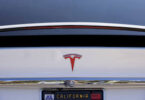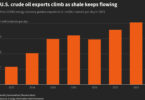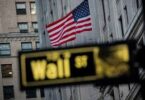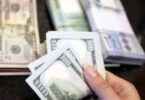BEIJING (BBC): Outside China, few drivers have heard of brands such as Hit BYD or Beijing Automobile Works. But they’re two of the largest players in the world’s biggest market for electric cars.
For a decade, the Chinese government has coaxed buyers and manufacturers into the electric vehicle market through subsidies and other incentives.
The numbers suggest the strategy worked: the International Energy Agency says China buys more than half of the world’s new electric cars.
Now, the government is set to push the burden onto manufacturers, through a new “cap and trade” system and rules that make it harder to set up a factory to make combustion-engine cars.
The rules were believed to have come into force on 1 January this year.
China is both the biggest manufacturer and the biggest market for cars globally.
But after two decades of rapid expansion, sales fell in 2018 by 6% to 22.7 million units.
The most recent figures show that New Energy Vehicles (NEVs) – a category which includes electric and hybrid models – has defied that trend, growing substantially over the past year.
However, the China Association of Automobile Manufacturers (CAAM) says 601,000 NEVs were sold in the first three quarters of 2018, which means they still account only for a small fraction of the market. The National Reform and Development Commission has said it won’t allow the establishment of new companies that only make combustion-engine cars.
It has also imposed additional conditions for existing companies that plan to set up a factory for cars that aren’t NEVs.
New quotas on electric vehicles are also expected to have an impact on manufacturers. Under a new “cap and trade” system, any company that makes 30,000 cars or more needs to earn enough credits to match 10% of its output.
So a car company manufacturing the minimum would need to earn 3,000 credits.
But not all cars are treated equally. A NEV can receive between two and six credits depending on how far it can travel before being recharged.
So if a carmaker makes 30,000 cars, it could hit its quota by manufacturing 1,000 cars with three credits each.
Any company that doesn’t reach its quota faces a fine, but carmakers that expect to fall short can buy credits from manufacturers which have a surplus.
This means carmakers who don’t reach their quota directly subsidise manufacturers who do. Analysts say that could be very appealing to overseas manufacturers, which currently make the most efficient NEVs.
“If Tesla starts manufacturing in China, they will get the highest credit. If they sell a sufficient number of vehicles, they will be able to sell to other [manufacturers] at a credit,” according to Vivek Vaidya, from consultancy Frost and Sullivan.






